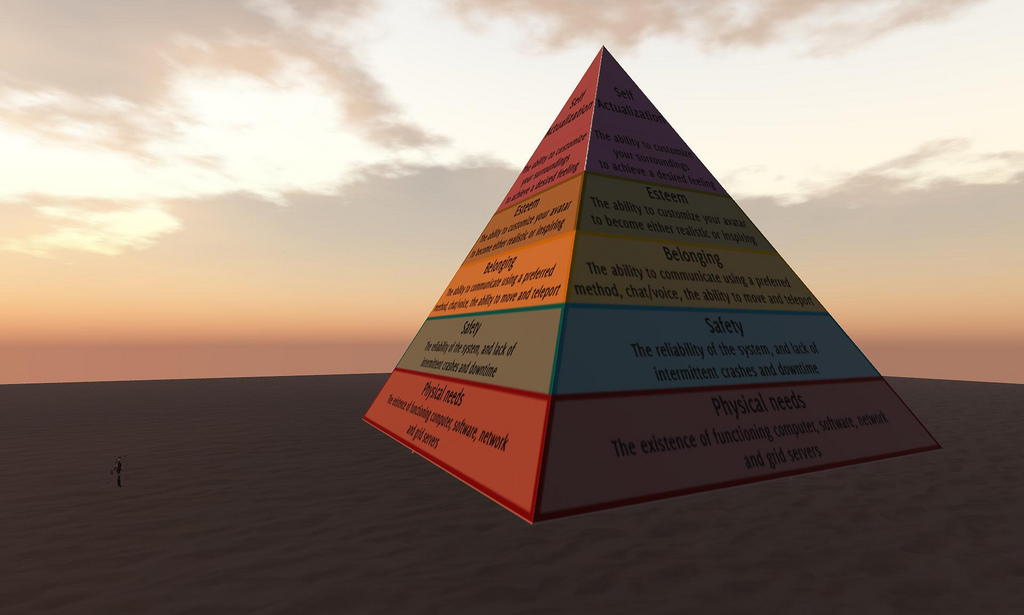First Role of a Leader
In the last blog we looked at the key characteristics that make a high performing team, but even when we understand these it does not ensure that a team member is motivated to want to give a high-performance output. This is especially true with those members of the team that are volunteering their time and cannot be made to do something which you could insist upon if they were an employee.
Therefore, the first role of the leader is to understand what motivates a person to strive to achieve the best they can do and to do so they must understand the “needs” of their team.

Maslows Pyramid of Needs
In 1943 Abraham Maslow developed what he called his “Pyramid of Needs”. The idea of it being a pyramid was to highlight that each layer of the “needs” of the human being could only be built onto the pyramid if the previous layer was in place. The example being that the first two layers which cover our “physiological needs” like food, water, activity and rest, and our “safety needs” like a feeling of security, protection and most importantly shelter, must be in place before we can stand any chance of motivating anyone. As the well-known author, and speaker, Steven Covey reminded us, “you cannot motivate someone with an empty belly”.
Presuming the financial package is in place, or not something you have to worry about, especially if they are volunteers, then the next three tiers of the pyramid go to the heart of why they will do what we want them to do, and especially why they would volunteer to help. The next tier is our “Social needs”, we have a need to belong, to give and receive love and affection, and in basic terms we want to be needed and help others feel needed. As a leader are you taking time to thank your staff or volunteers for the work they do. Do you show appreciation for their effort, and do they see how the work they do fits into the greater picture?
With the basic fulfilment of our “social needs” we can now add the next tier which is our “Esteem needs”. Respect from others is crucial, and in turn builds our self-esteem. At the heart of this need is first to feel that what we are doing is worthwhile, and second, that someone has confirmed that what we are doing is good. Have you ever put a lot into something, and when it was finished nobody even commented? Not a nice feeling, and it would make it hard to self-motivate yourself to do the next task.
Do you feel Self Actualised
The final tier of the pyramid is known as “self-actualisation” which is that amazing feeling you get when you are realising your full potential. This can clearly only happen when the lower tiers are in place and a team member is feeling confident in their ability to meet life’s challenges, are in a position to choose what is worthwhile in their life, and that they have been able to use their abilities in the achievement of what they hold important to them.
People will volunteer to go to war if they feel the cause is justified. If you want to get the best out of your team, make sure they know how important their part is in what you plan to achieve, and also ensure they know how grateful you are for what they do for you.
For the next part of this series click here
For the first part of this series click here
